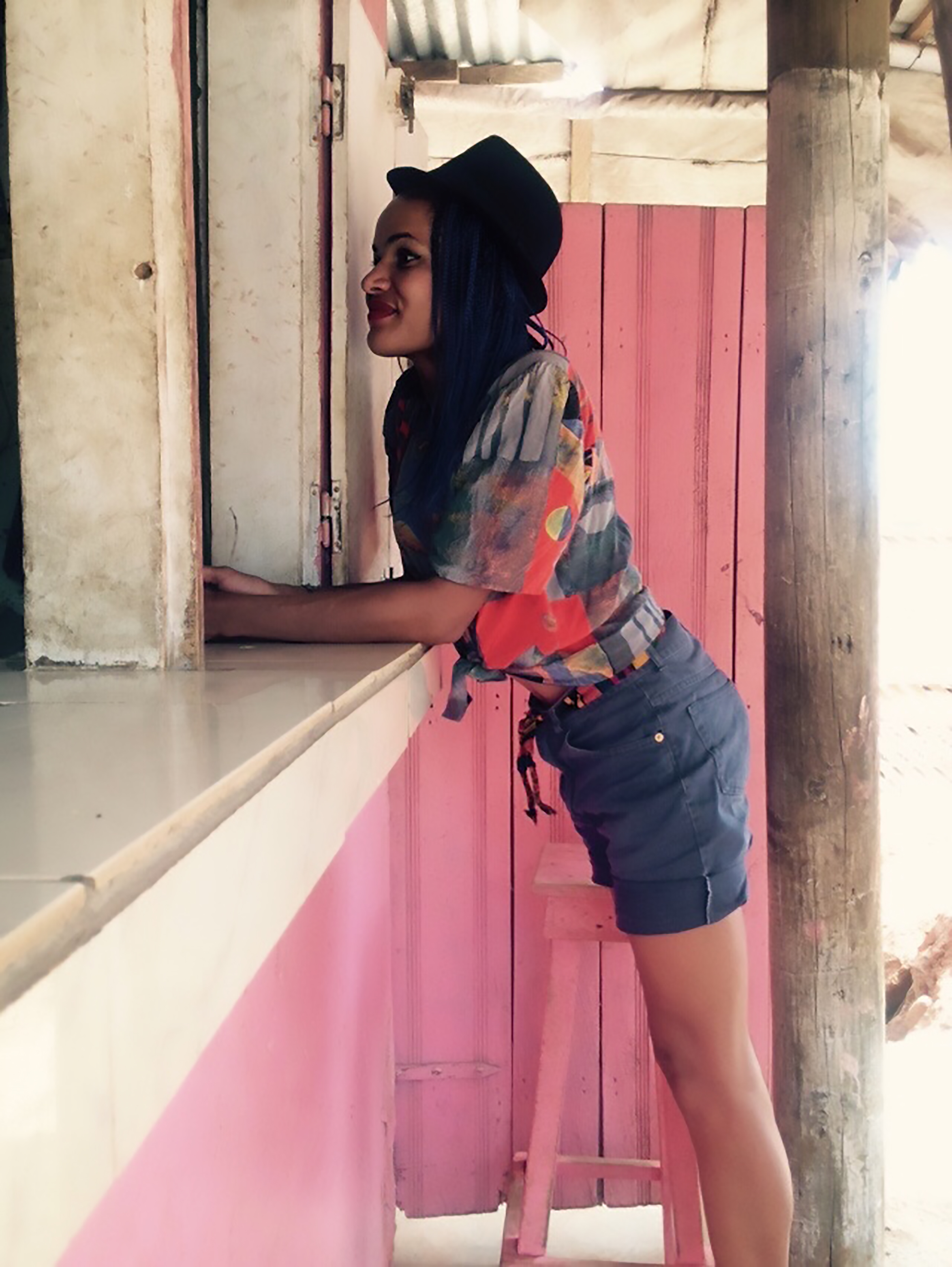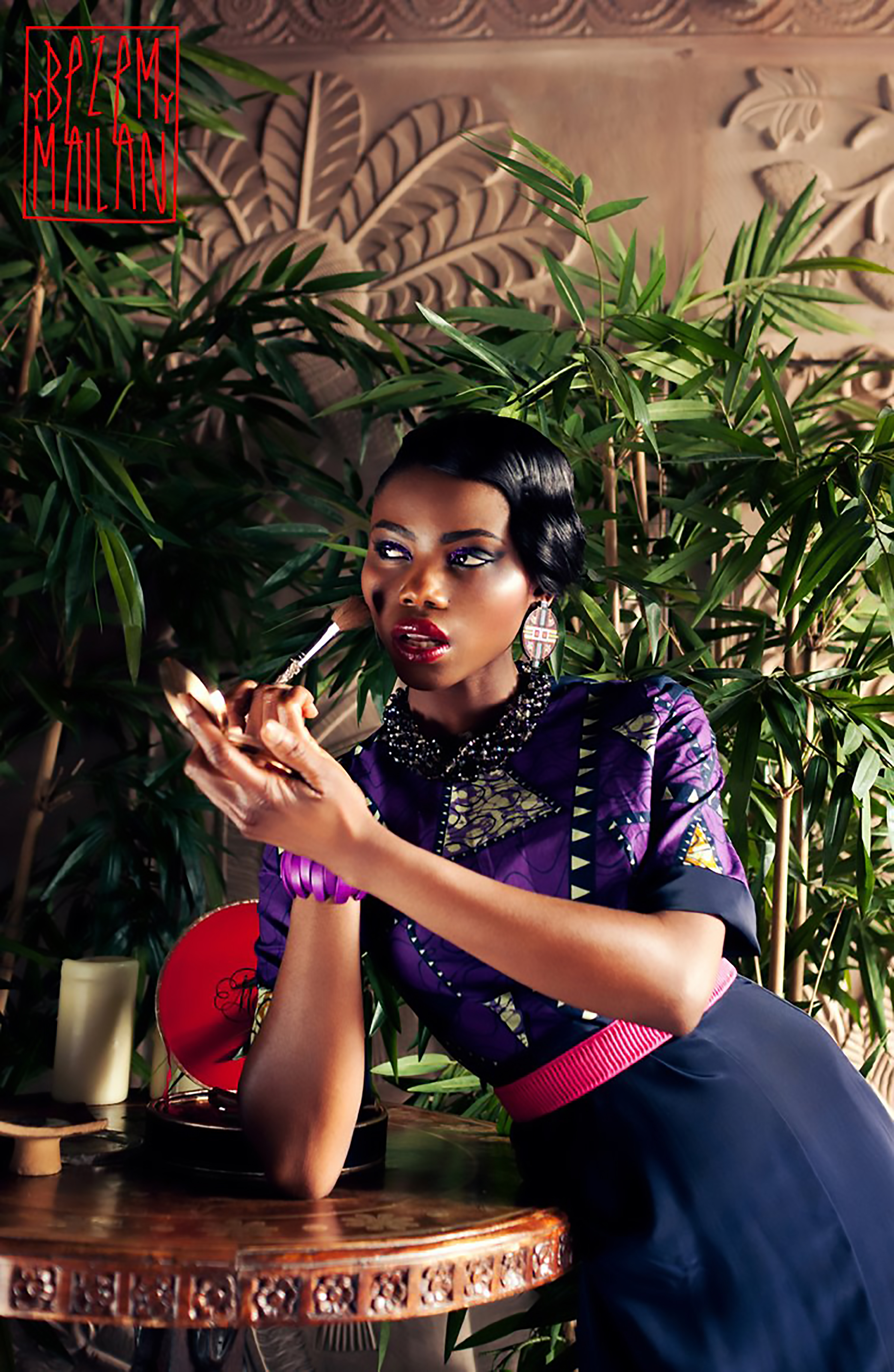As Africa’s middle class starts to emerge, propelled by growth and urbanisation, many diaspora Africans are choosing to return to the continent.
Many of these returnees, known as ‘repats’, are highly educated and skilled, and while they choose to take a chance on new opportunities back ‘home’, the process of adjusting to mentalities and business practices can be brutal.
Each Friday, for the next six weeks, we will be sharing the story of a young, female, West African ‘repat’. Whether these women are operating on the not-for-profit side, or serving artists, or launching creative businesses, or venturing into public service, or just opting for non-traditional corporate careers, the momentum is real, leading to the future construction of open nations in the continent.
In my conversations with these six women, I find that they have been able to draw on explicit connections between skills they acquired in developed countries and local solutions that make sense for African populations. I, personally, have derived, and continue to derive, so much actionable insight from some of their choices and decisions. This six-part series builds on a conference I organised, on February 4, 2016, at the MIT Center for International Studies.
This week I speak to Bezem Kassan who is based in Togo.
Whether it was fashion, costume or graphic design, Bezem Kassan was always looking for the visual cues that could tell the story of her mixed-race background. She was born in Russia in 1982, to a Togolese father and a Russian mother. In the 1970s, back when African governments were still giving scholarships to gifted students, her father seized on the opportunity to move to the Soviet Union to study medicine. It took him one year to learn Russian but soon enough he was a medical doctor with a young family to provide for.
‘We kept going back to our father’s homeland,’ she remembers.
Togo was never out of the picture and when he moved his family to Paris, choosing to specialise in psychiatry, Dr Kassan made sure the family stayed connected to his homeland. Bezem was five when her family arrived in France, but she doesn’t remember a time when Togo was out of the picture. ‘We kept going back to our father’s homeland,’ she remembers. ‘There were years when we went back several times, three times. We always headed to the north of the country, where my father is from, to the region of Kara.’
As a young girl growing up in Paris, Bezem learnt to embrace her hybrid identities. Looking back, and recalling her early attraction to the vibrancy of African colours, to the warmth in African interactions, one senses that there might have been an early eagerness to conquer future projects in the motherland.
Bezem started her entrepreneurial career as a teen in Paris. Bezem Y Mai Lan, the clothing line she co-founded in 2000 with her best friend Mai Lan was all about ethnic fabric and transcultural inspirations that alluded to the diversity in their backgrounds. Bezem being Russian-Togolese-French and Mai Lan being French-Vietnamese, they chose to produce colourful visualisations of their inspirations and of their friendship, which had started when they met at school and then decided to go to art school together.
The exploration of their hybrid identities needed to be a foundation for their new creations.
Around the time they graduated art school, Mai Lan’s brother Kim Chapiron was launching an edgy (and controversial) hip-hop inspired film production company called Kourtrajmé. Bezem Y Mai Lan designed many of the clothes for the Kourtrajmé videos. The two girls, who often appeared as extras in the music videos, were now surrounded by DJs, MCs, producers, directors and also dancers. Pretty soon, Bezem Y Mai Lan was getting financial support from luxury goods company Hermès, and the brand started to achieve cult status.
Bezem Y Mai Lan folded in 2013, mostly because Mai Lan decided to focus on her singing career and Bezem wanted to dive deeper into costume design. The two friends parted ways knowing that the label was a first experiment that would lead to future cross-pollinations. They had drawn a wild, real energy from their creative collaboration, which underscored the point that all possibilities should be kept open. The stimulation and knowledge that came out of that fashion business experiment would eventually draw each girl back to her roots. No matter how their careers evolved, the exploration of their hybrid identities needed to be a foundation for their new creations.
She started feeling that something could be done, by way of a new business venture.
Bezem’s next break came into 2006, when the Royal National Theatre in London gave her a contract to dress a series of performers for a big production. Soon enough, she was living in Brixton and running a small workshop for costume design. ‘I left Paris and made Brixton my home. South London, mainly Brixton and Streatham, became my base.’ Meanwhile, on those annual trips to Togo, she started feeling that something could be done, by way of a new business venture. She was still active in costume design, but her interest was shifting to graphic design and visual identity.
She started going to Togo more often, and with every trip, being on the ground and speaking with her Togolese friends, she became more and more convinced that there was a need for the kinds of modern typographies and iconographies she had begun to specialise in. The younger Togolese she met wanted to understand more about design and desktop publishing, so she started teaching small classes. In Lomé, the capital city, and in her father’s region of Kara in the north, she started networking, initially as a way to reconnect with friends and family.
When I sat down with her in Lomé, I was struck by her optimism.
She attended events, and got to meet plenty of new people. Eventually, in late 2015, she settled in Togo for three months, as a prelude to a more permanent move. She brought her one-year-old son Seun, and soon enough she was able to secure contracts with local enterprises. When I sat down with her in Lomé, I was struck by her optimism. ‘All the clients I have engaged with so far, have come through personal relationships. It’s about being here in Togo and spending time with Togolese people. It’s about getting to know people, interacting with people, showing that I can add value.’
But there are many challenges, as well. ‘Of course, there are a lot of issues related to logistics and I find it complicated, sometimes, to communicate digitally. We have a lot of connectivity issues in Togo. Internet is down sometimes, and when you’re working in a digital business like mine, it can be really difficult to meet deadlines, but the reality is that there is real demand here in Togo. I noticed that people are looking for new logos, for a new image. I find that the concept of communications agencies is still quite new here. And many people were used to working with foreign, or European agencies. Initially, I would work remotely, from London, and send my work through email. But now I am here, and we can have face-to-face meetings.’
‘I love it here in Togo,’ she said. ‘There are just so many opportunities.’
Right now Bezem counts among her clients a company called Nodisfish, which produced home-grown tilapia. Another one is Heritage, a leader in wax fabric. She has been tasked with crafting a new African identity that will set the challenger brand apart from Vlisco, the market leader. ‘I love it here in Togo,’ she said. ‘There are just so many opportunities. I can see myself living here, and making this country my new home. My son loves it here too. He loves running around and having this extended family paying so much attention to him.’




